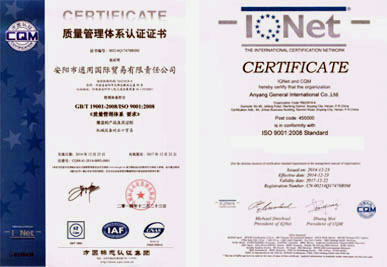Special optical brighteners for plastics
Optical brighteners with high quality and good price
Product Name: optical brightener OB
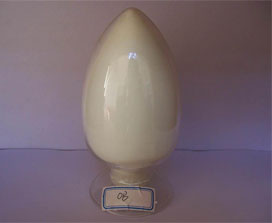
CAS NO.: 7128-64-5/12224-40-7
Application of optical brightener OB: Used for whitening and brightening of PVC, polystyrene, polyethylene polypropylene, thermoplastic, ABS, cellulose acetate, paint and printing ink.
Product Name: optical brightener OB-1
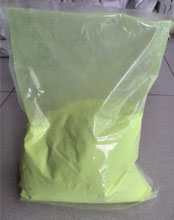
CAS NO.: 1533-45-5
Application of optical brightener OB-1
- It is suitable for whitening chemical fibers such as polyester fiber, nylon fiber and polypropylene fiber.
- It is suitable for whitening and brightening of polypropylene plastics, rigid PVC, ABS, EVA, polystyrene, polycarbonate, etc.
- It is suitable for the polymerization of polyester and nylon.
- Optical brightener OB-1 is especially suitable for whitening of plastic products molded at high temperature.
Product Name: optical brightener KSN
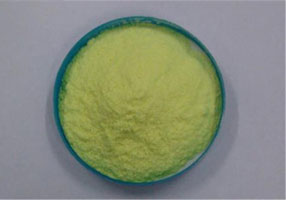
CAS NO.: 5242-49-9
Application of optical brightener KSN: It is suitable for whitening polyester, polyamide and polypropylene fiber. It can also be used for whitening plastics.
Product Name: optical brightener KCB
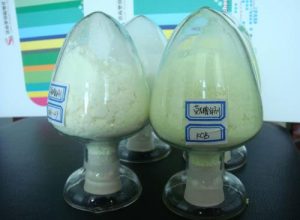
CAS NO.: 5089-22-5/63310-10-1
Application of optical brightener KCB: It is mainly used for whitening synthetic fibers and plastics. It can be used for whitening plastic film, molding materials and injection molding materials. It can also be used for whitening polyester fibers and dyes and natural lacquers.
Product Name: optical brightener PF
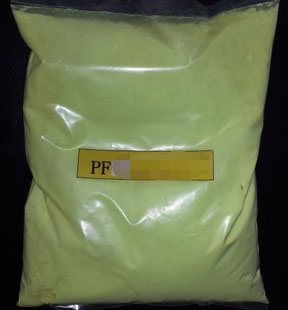
CAS NO.: 1041-00-5/12224-12-3
Application of optical brightener PF: Mainly used for whitening and brightening of polyvinyl chloride, polystyrene, polyacrylate, polyester film, high and low pressure polyethylene, ABS, plexiglass, business card, advanced paper, etc.
Why does optical brightener become yellow in the application of various plastics?
Each optical brightener has a certain degree of compatible saturation in different plastic substrates. Within the limit of saturation, the whitening effect increases with the increase of optical brightener. On the contrary, beyond the saturation limit, due to the formation of optical brightener agglomerate, its whitening effect decreases with the increase of optical brightener dosage, and even causes yellowing of plastics chemical fiber matrix.
The experiment shows that the optical brightener achieves the whitening effect in the form of condensed matter. The particle size and distribution of the optical brightener determine the whitening effect. There is an optimum value (about 0.02-0.03%) for each optical brightener in the plastics chemical fiber matrix. When the optical brightener is higher than the optimum addition amount, it precipitates in the plastics matrix due to supersaturation, forming agglomerates with larger aggregate size, seriously affecting the whitening effect and reducing the whiteness of plastics products.


